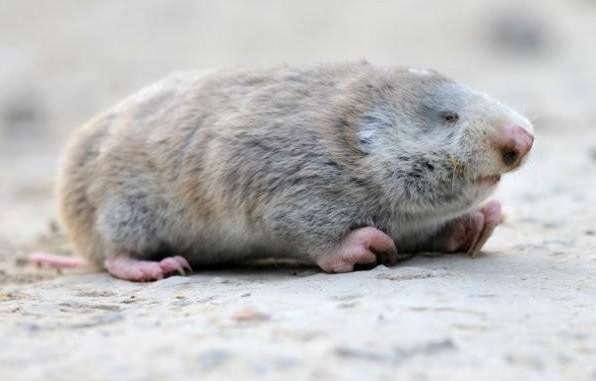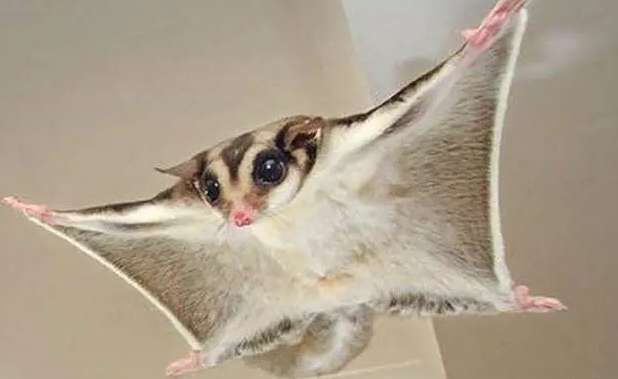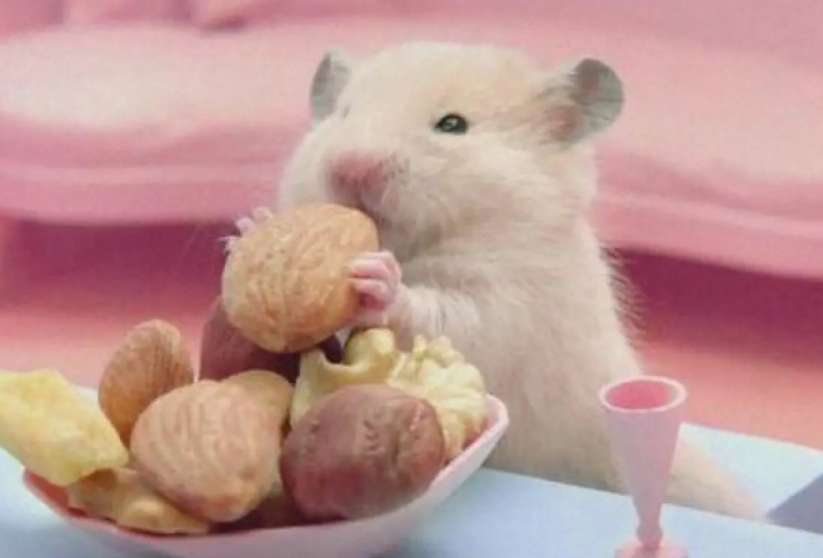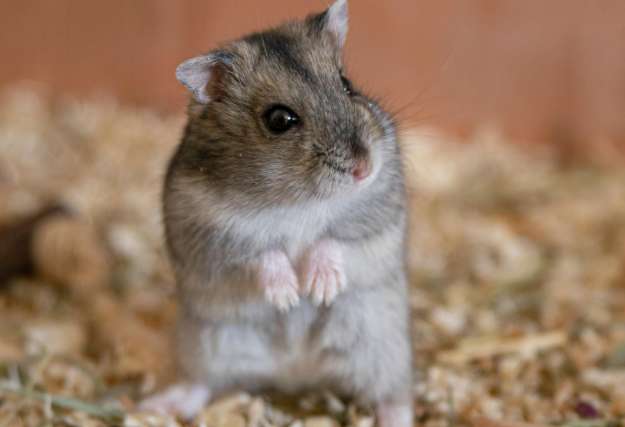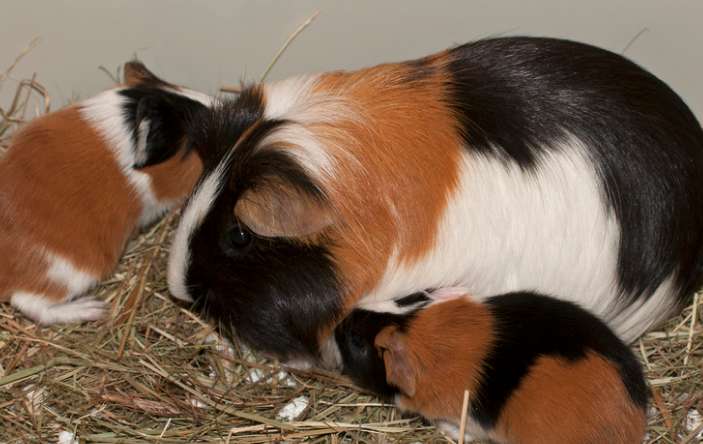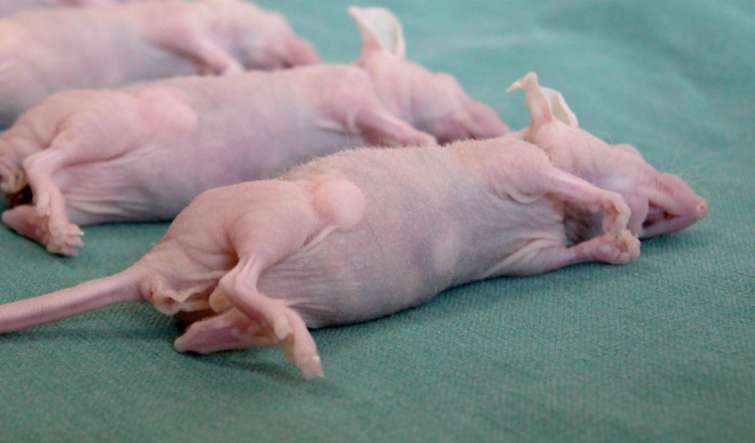There are many types of hamsters, the more common one is the third-line hamster, that is, the Gakalia hamster. This kind of hamster has a docile temperament and is easy to train, so it is very suitable for novice owners. If you are interested, you can take a look at the personality characteristics, morphological characteristics and pitfall avoidance guide of third-line hamsters shared below. I believe it will give everyone a more intuitive understanding of third-line hamsters.

1. Personality characteristics
Most third-line hamsters have a gentle personality and will not bite. Some may be more lively and like to interact with people; however, there are also some third-line hamsters. There may be timid, irritable and other characters. If it is your first time to buy, the editor recommends that you avoid choosing mice with defective personalities, otherwise you will have many difficulties in the later breeding process.
2. Morphological characteristics
1. Body shape
The weight of male third-line hamsters should be controlled between 35-45g, and the height should be controlled between 35-45g. It is between 7-12cm; the weight of female third-line hamsters is between 30-40g, and the height is slightly shorter than that of male hamsters.
2. Head
The ideal third-line hamster has a long and narrow skull, a round brain; a short and broad muzzle with a small cleft; round ears with very obvious outer hair .
3. Limbs
The ideal third-line hamster has very short limbs. The soles of the feet and the dorsal and ventral surfaces of the toes are covered with long white hairs, and the palm pads are invisible.
4. Tail
The ideal third-line hamster has a short and small tail, with the tail length being about 1/8-1/10 of the body length.
5. Coat color
Generally, the fur color of third-line hamsters is mostly gray-brown, and there is an obvious brown-black vertical stripe in the middle of the back, and the ventral surface of the body is from the chin and throat to the chest and abdomen. It is off-white.
When selecting, if you find that the morphological characteristics of third-line hamsters deviate from the above points, it is not recommended to buy them. They may not be pure, or there may be some diseases.
3. Guide to avoid pits
1. Teeth: Check whether the teeth of the third-line hamster are broken or too long. If it breaks, don’t buy it; but if it’s too long, you can ask the pet shop to help cut it.Teeth, this does not affect the health of third-line hamsters.
2. Eyes: Check whether the eyes of the third-tier hamster are bright and shiny. If there are redness, oily eyes or eye feces, etc., you should pay attention, because this third-tier hamster is very May be sick.
3. Fur: Observe whether the third-tier hamster's hair is soft and shiny. If there is hair loss, allergies, etc., it means that the third-tier hamster may have a skin disease.
4. Poop: Observe whether the third-line hamster's poop is green. If the poop is soft or smelly, it means that the mouse may have gastrointestinal disease.
5. Body temperature: Check whether the body temperature of the third-line hamster is too high. Generally, the body temperature of normal third-line hamsters is slightly higher than that of humans. However, if it feels obviously hot to the touch, it indicates that the mouse may have Fever and cold.
The above is all the content that the editor has shared with you. I believe that with this guide, everyone can have a satisfactory third-line hamster.
